Plato, the Father of Western thought, once defined man as “a being in search of meaning.” The researchers from the University of Pisa were also in search of meaning, after discovering ancient scrolls charred by the volcanic ash of Mount Vesuvius. When they explored these scrolls, they discovered some phenomenal secrets about Plato’s life, including the contradictory reality of how he spent his final days. The complete study of the scrolls was published in the journal Scientific Reports, and the findings related to Plato were presented by lead researcher, Professor Graziano Ranocchia, at the National Library of Naples, as per CNN.
The trove of texts, crumbled in ash and dust, were unearthed from beneath layers of Vesuvius ash, following the volcano’s eruption in 79 AD. In this year, the city of Pompeii, in southern Italy, experienced something that erased it from the globe forever. During the autumn of this year, Mount Vesuvius vigorously erupted and spewed clouds of super-heated gases along with spurts of molten rock, pulverized pumice, and hot ash at 1.5 million tons per second. The eruption was known to eject massive energy that was 100,000 times the atomic bombings of Hiroshima and Nagasaki, as per Sky HISTORY.
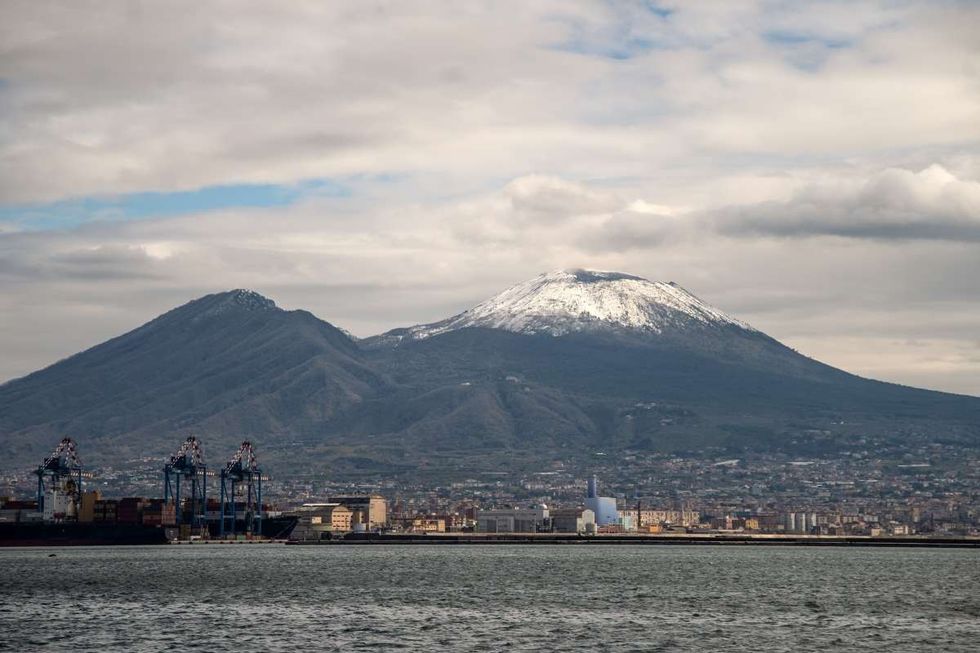
As a result, Pompeii got buried, and also some of its neighboring towns, including Herculaneum. So, the ancient bookrolls of Herculaneum were smudged under the thick layers of volcanic ash and were rendered unreadable, until recently when AI technological advancements enabled the researchers to decipher the texts.
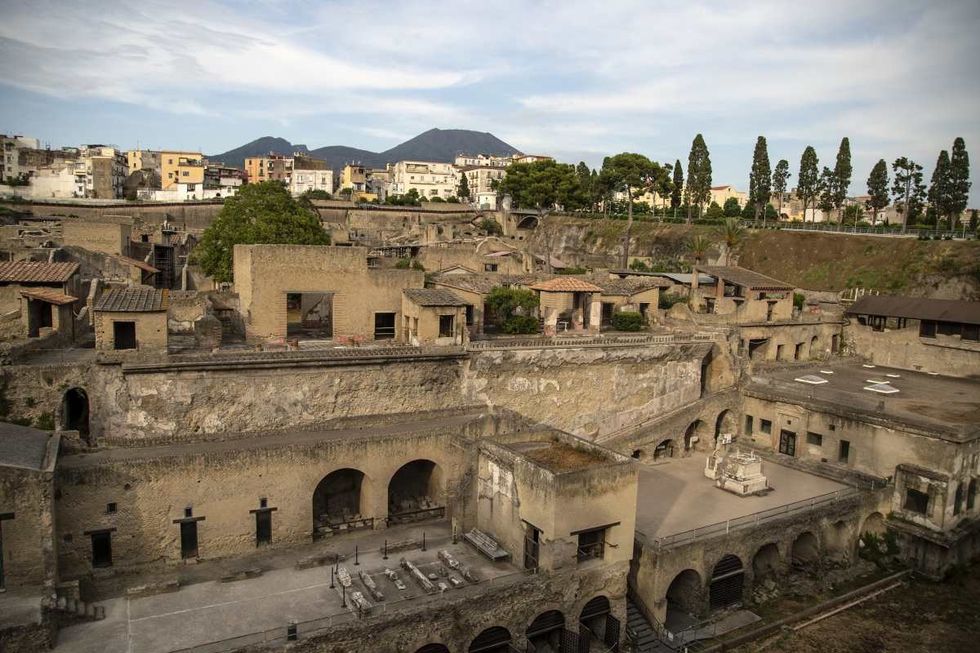
“Normally it takes 10 or 20 years to publish a papyrus scroll. Today, thanks to this project we are speeding up the time,” Graziano Ranocchia told the newspaper Corriere Fiorentino. “We use new technologies, imaging techniques, with or without x-rays, and philological methods,” he added. According to Popular Mechanics, the team employed infrared hyperspectral imaging and AI with optical coherence tomography imaging to decode the ancient scrolls.
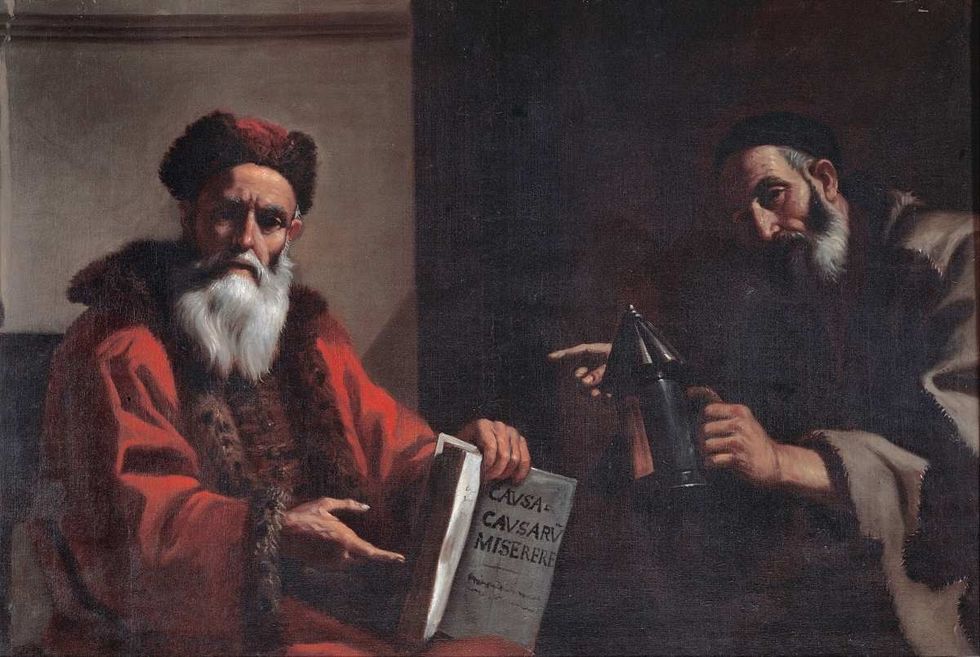
Around 1,000 words of one such scroll were decrypted by Italy’s National Research Council. Known as “History of the Academy,” the text was written by Philodemus of Gadara, about Plato’s philosophy school, the Platonic academy. Not only did their study reveal some stunning insights into Plato’s life, but some interesting details that were previously unknown to historians about Plato being sold into slavery and the description of how he spent his final moments.
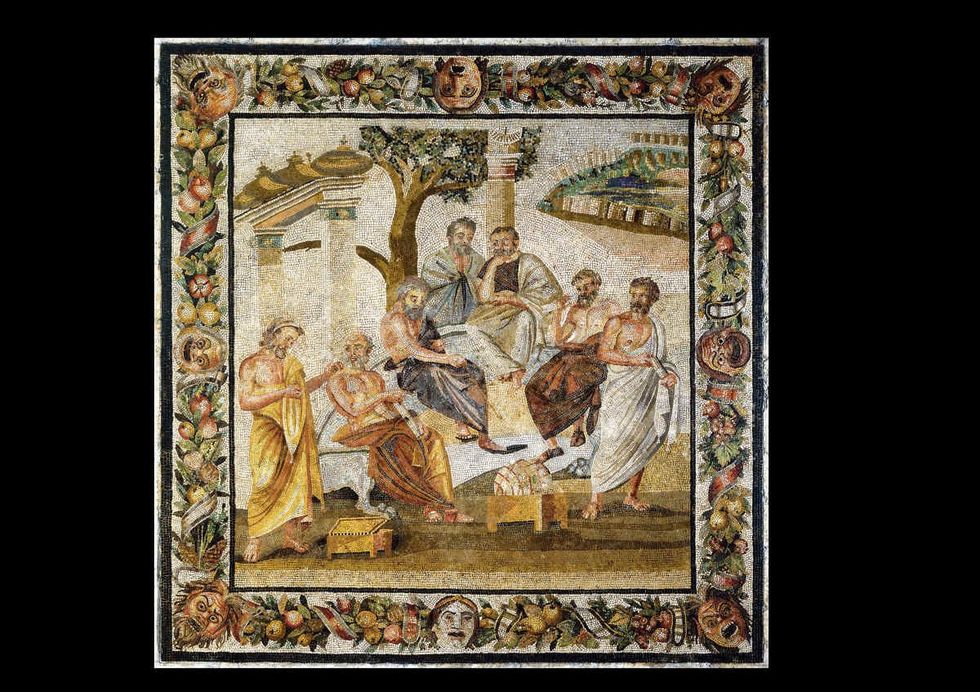
As per the text of the scrolls, Plato was sold on the island of Aegina as early as 404 BC when the island was conquered by the Spartans. “Until now it was believed that Plato was sold into slavery in 387 BC during his stay in Sicily at the court of Dionysius I of Syracuse. For the first time, we have been able to read sequences of hidden letters from the papyri that were enfolded within multiple layers, stuck to each other over the centuries, through an unrolling process using a mechanical technique that disrupted whole fragments of text,” said Ranocchia per The Guardian.
Another passage from the scroll revealed how the philosopher spent his last evening before he was laid to rest. Although historians knew that before the day of his death, Plato was suffering from fever and was listening to flute music played by a slave girl, they thought that he liked the music. The text, however, depicted another scenario. According to the papyri, it is correct that Plato was feverish on his final night and he was listening to the music played by a slave girl, but he wasn’t enjoying the music. He was rather critical of the musical performance. He even criticized the girl for her “scant sense of rhythm.”
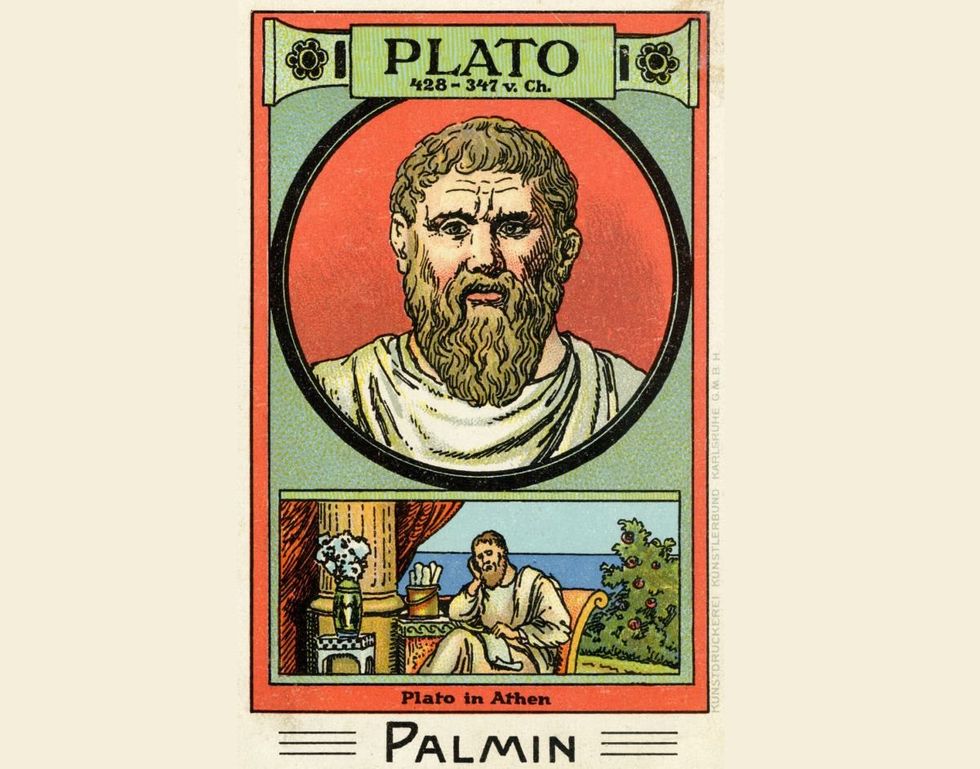
The next snippet that researchers scooped out from the potpourri of prehistoric scrolls was about the location of Plato’s burial. Historians were aware that Plato was buried somewhere on the grounds of the Platonic Academy of Athens, but where exactly, they didn’t know. The scroll shed light on the precise location of his burial; a private garden area of the academy, likely near the shrine to the Muses.
Researchers were able to make these improbable discoveries, thanks to the $2.7 million grant from the European Union (European Research Council) that was awarded in 2021, under the “Greek Schools” project that utilizes advanced technologies to decipher ancient papyri.

















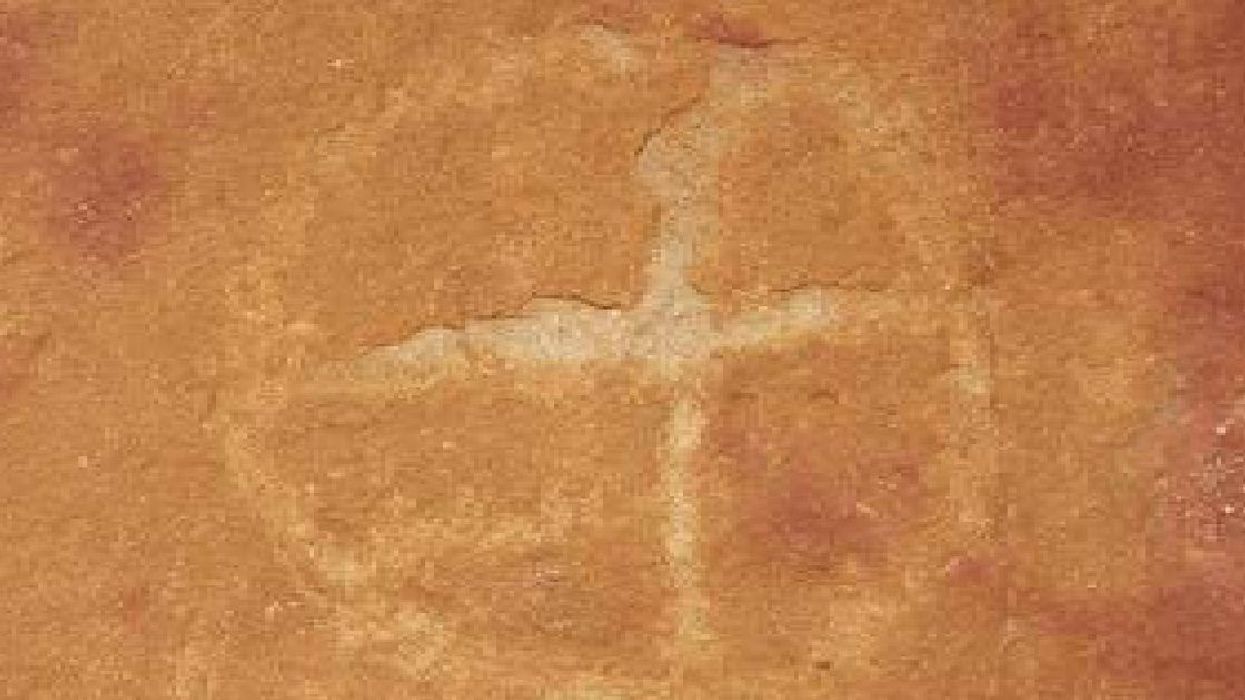
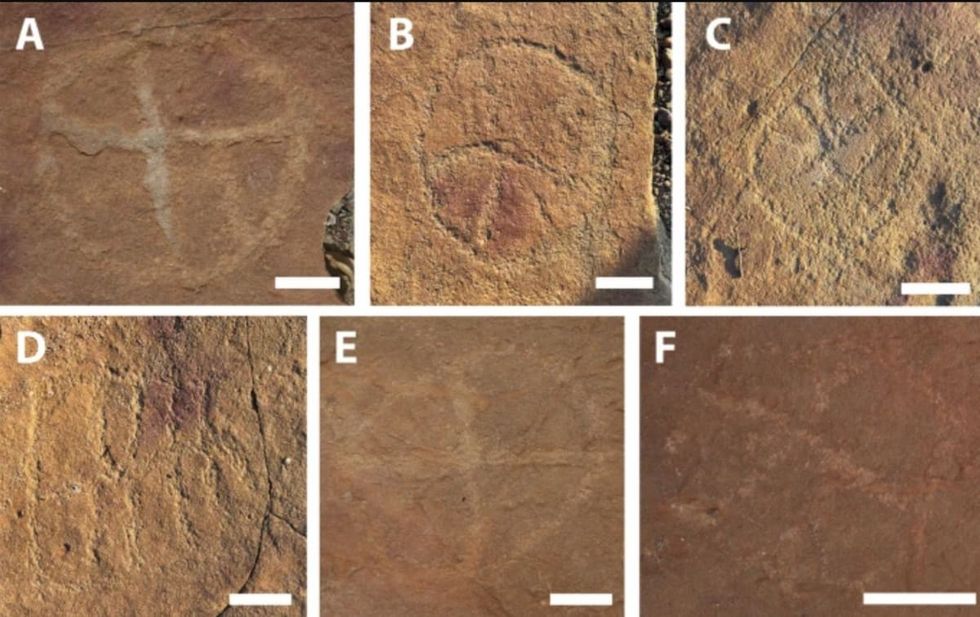 Image frmo Scientific Reports of ancient artwork. Image Source:
Image frmo Scientific Reports of ancient artwork. Image Source: 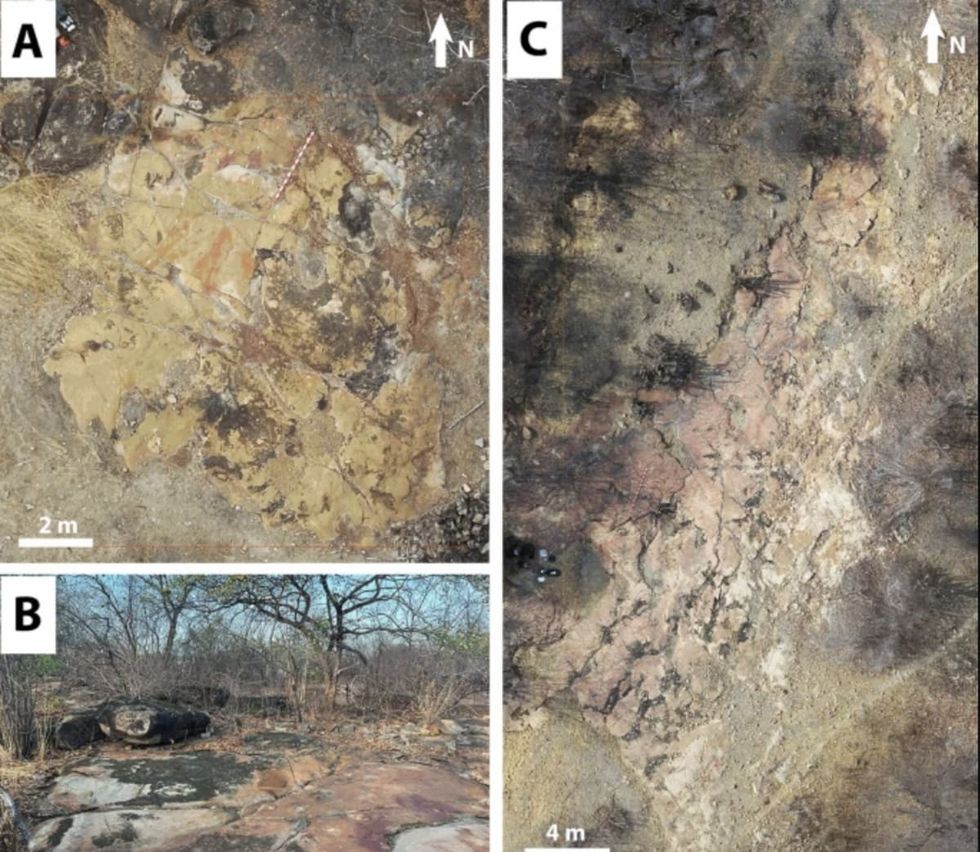 Image frmo Scientific Reports of ancient artwork.Image Source:
Image frmo Scientific Reports of ancient artwork.Image Source: 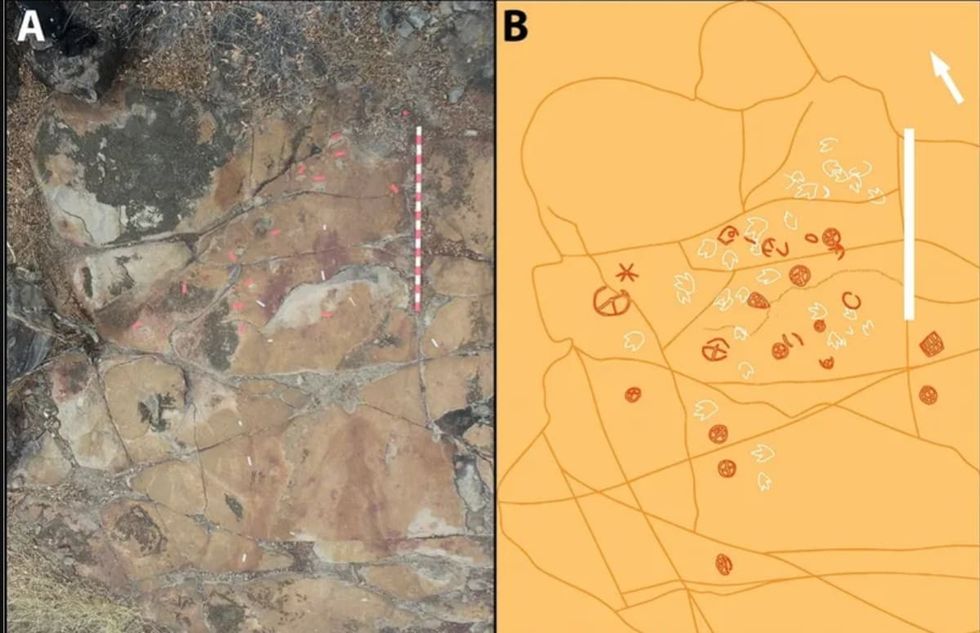 Image frmo Scientific Reports of ancient artwork.Image Source:
Image frmo Scientific Reports of ancient artwork.Image Source: 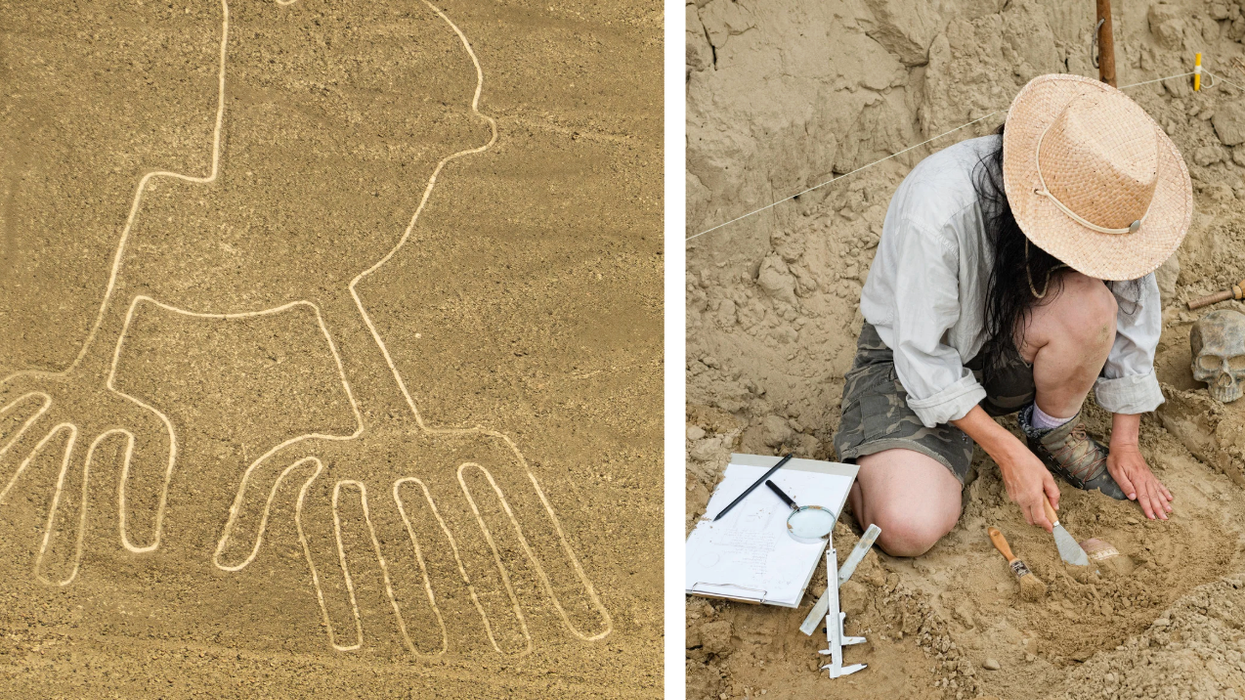

 It's difficult to imagine seeing a color and not having the word for it. Canva
It's difficult to imagine seeing a color and not having the word for it. Canva
 Sergei Krikalev in space.
Sergei Krikalev in space. 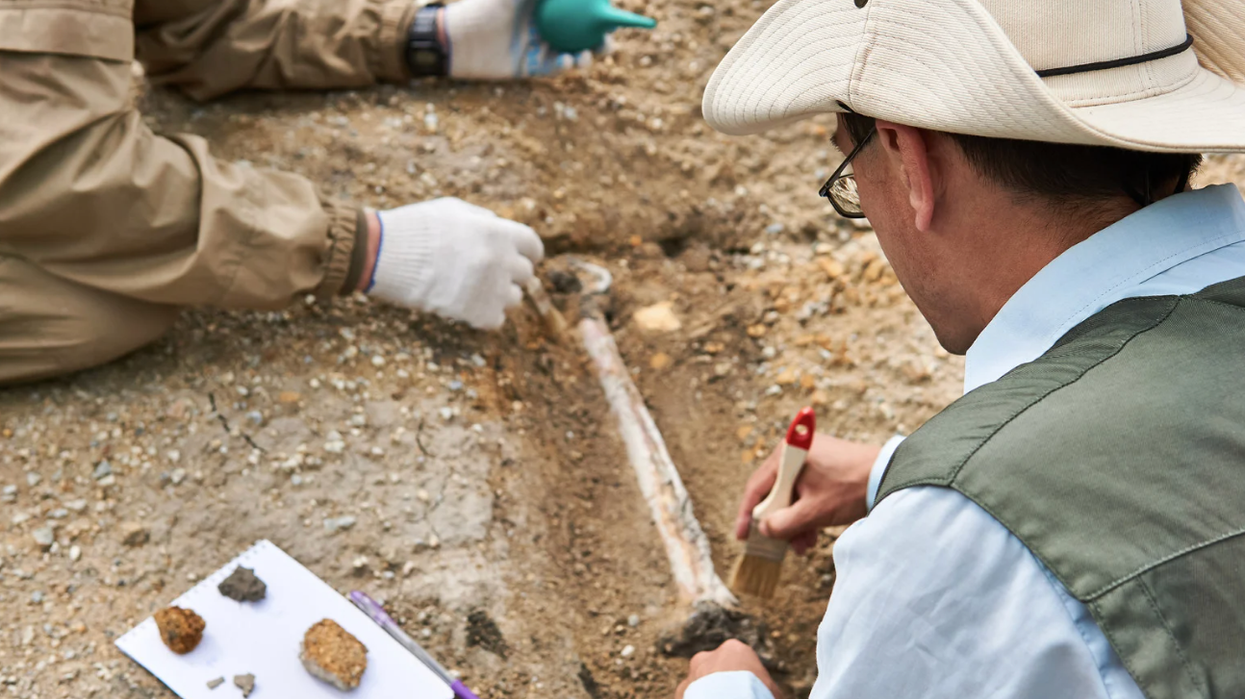


 The team also crafted their canoe using ancient methods and Stone Age-style tools. National Museum of Nature and Science, Tokyo
The team also crafted their canoe using ancient methods and Stone Age-style tools. National Museum of Nature and Science, Tokyo The cedar dugout canoe crafted by the scientist team. National Museum of Nature and Science, Tokyo
The cedar dugout canoe crafted by the scientist team. National Museum of Nature and Science, Tokyo